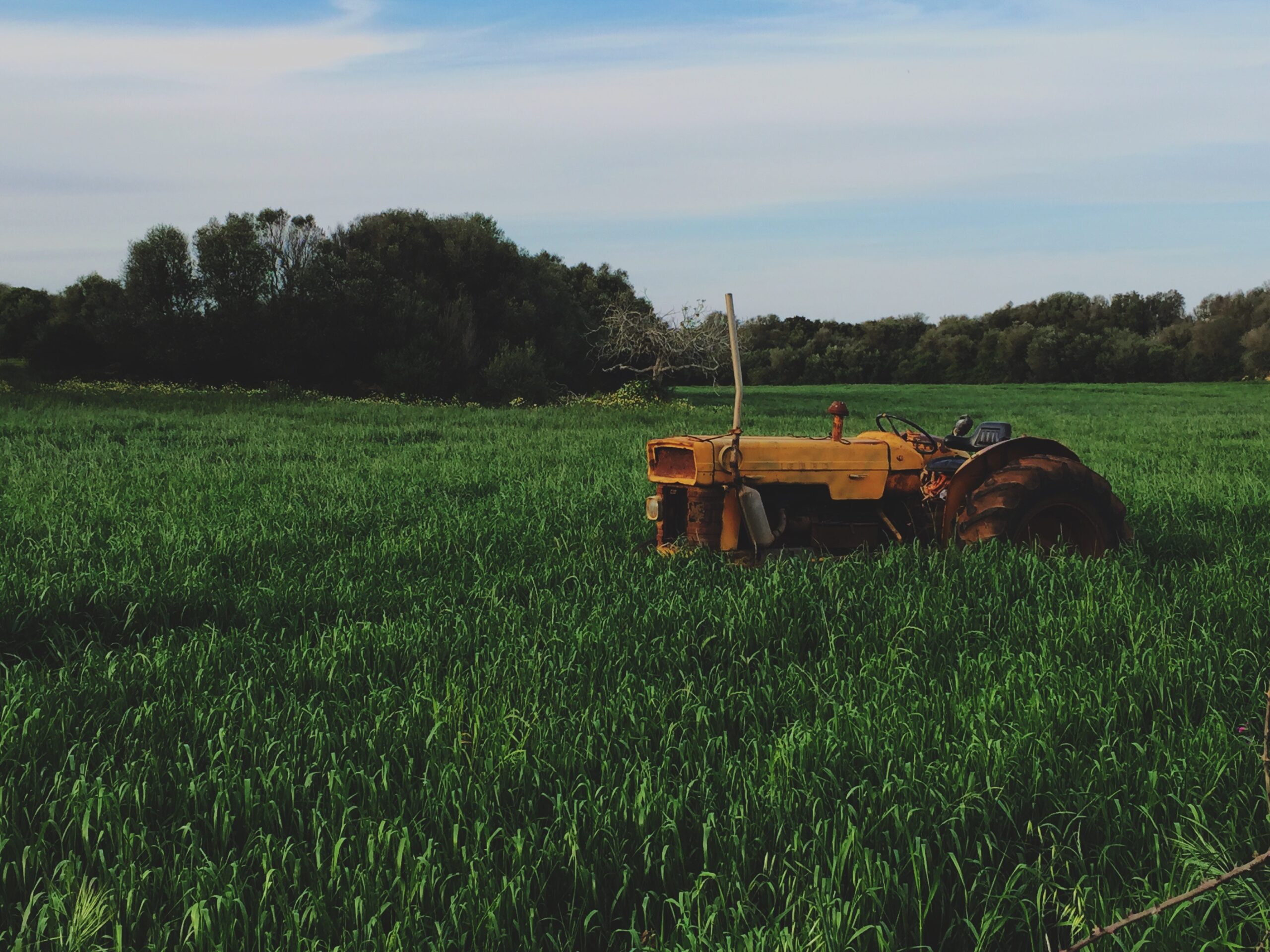Work Smarter, Not Harder

A few months ago, I wrote about five reasons why farmers struggle to make more money.
- They focus on revenue, not profits
- They don’t properly capitalize
- They don’t know where the money goes
- They don’t spend enough time reviewing
- They work harder not smarter
These can seem like vague concepts as opposed to actionable items. In this article, I’ll explain in more detail how to apply these concepts to earn more profits. The underlying concept is that you want to work smarter, not harder.
The best way to work smarter (#5) is to track your progress towards your goals and make adjustments accordingly. Having a solid system for bookkeeping is all well and good, but if you don’t take time to review (#4) so you know where the money goes (#3), you won’t know where to focus your resources to increase profits (#1). We can talk about capitalization in another newsletter.http://thefarmersoffice.com/make-more-money/
Let me give you an example:
Back in December, Mario and Lydia of Perrone Farm were creating budgets and crop plans for 2018. The previous year had been difficult for them financially, with CSA sales down and their labor costs high (which they attributed to the increase in minimum wages). As they worked to create their 2018 budget, they scoured every line item to see how they could increase revenue and decrease expenses. They thought back to 2017, and they felt their expenses were as trimmed as they could be. So, they focused on increasing revenue.
They were determined…. If they could just get their CSA sales back to where they were in 2016, everything would come together. Even as we discussed their projections, this seemed ambitious; they scribbled notes in the margin: “Can we do this???” They went ahead with the financial plan. With projected sales of 600 CSA shares, they laid out their crop plan: what would go where, when and how much.
We checked in at the end of March, their CSA summer sales were down: even lower than the same time period in 2017.
I coach clients to track their sales and expenses; and compare them to their projections. This part, Lydia and Mario got right. If your actual sales and expenses are on track with projections, then you can go ahead on plan. If not, you make adjustments.
If sales fall below projections, then you have two options:
- Hustle sales
- Reduce expenses to adjust for decreased revenue.
Given the trend with CSA’s and Lydia’s initial gut feeling that her sales projections were ambitious, I suggested Lydia revisit her crop plan. She sighed, “that’s a lot of work.”
I get it! Crop plans take time. What will you plant, when and where? With a 600-member CSA, we’re not just talking a few rows of tomatoes… we’re talking 50 different crops with proper rotation and succession plantings. Rewriting a crop plan is a lot of work. Especially so close to the start of the growing season.
But the alternative looks worse. If they plant and harvest as planned, and don’t sell the produce, then not only have they wasted time in crop planning, but they have wasted time and MONEY growing crops that won’t generate revenue. They paid employees to seed, plant, weed and irrigate. They used their tractor, creating extra wear and tear, and paid for fuel. They heated the greenhouse. They bought boxes and bags to pack everything.
Lydia and Mario did many things right:
- They created a plan.
- They reviewed their plan as they year progressed and compared it actuals.
Now they need to make adjustments to their plan since their sales are falling short.
How does this translate to real dollars?
Let’s say, Lydia and Mario’s projected cost of production (including labor) is 60% if they sell all the produce they projected. With sales of $400,000, then their cost of production will be $240,000. They have $160,000 for overhead and profit.
At the end of March, they realize their sales will be short 30%. If they don’t adjust their crop plan, and continue operations as planned, they will still have $240,000 in costs.
- If the trend continues, year-end revenue will be $280,000, with $40,000 left for overhead and profit.
- Even if they can pick up half of that (and revenue is $340,000), they have $100,000 for overhead and profit.
But what if they accept their revenue projections are falling short and cut back on their production expenses. They plant less, and therefore have less to weed, harvest, process and package. Perhaps they can’t be as efficient because of the late adjustments, but they rewrite their crop plan and can keep their cost of production at 65%. With $340,000 in sales, their cost of production is $221,000; leaving them with $119,000 for overhead and profit.
That’s a difference of $19,000!! Even if it takes Lydia a week to rewrite her crop plan, and paid herself $100 per hour, Perrone Farm would still be ahead $15,000. I’d say that’s a worthwhile investment of time.
Will their profits be as high as the original projections? No. But if they don’t make changes then they will fare far worse.
Accepting reduced sales can be demoralizing. But accepting this reality and making adjustments can minimize the impact on your bottom line. Accepting sunk costs and minimizing the impact of overly optimistic projections can turn a bad situation around.
